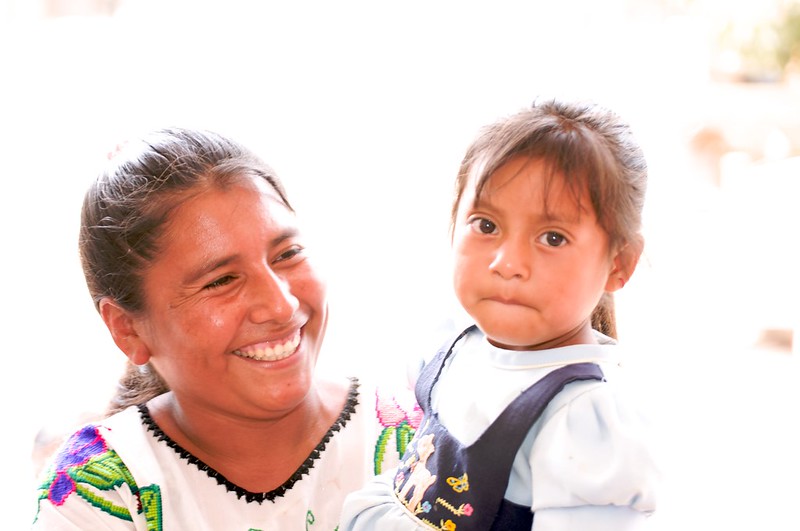Reducing Poverty in Chiapas Through Education

Poverty in Mexico is a long-standing issue in the nation. The National Council for the Evaluation of Social Development Policy (CONEVAL) says the poverty rate in Mexico stood at 42% in 2018, but some regions noted disproportionately higher rates than others. In particular, poverty in Chiapas stood at almost 80% in 2018. Several organizations are taking action to reduce poverty in Chiapas and empower locals through education and more.
Education in Chiapas
Education is a proven pathway out of poverty, yet in 2020, just 36.3% of the Chiapas population completed primary school, 26.8% completed middle school and 20% completed high school. Furthermore, in terms of tertiary education, only 12.5% of the population had a bachelor’s degree. A lack of educational attainment limits access to skilled and higher-paying job opportunities that could help people break cycles of poverty.
According to Data Mexico, “the illiteracy rate for Chiapas in 2020 was 13.6%. Of the total illiterate population, 37.1% corresponded to men and 62.9% to women.” A lack of literacy links to a lack of access to quality education and contributes to high levels of poverty.
On top of this, the minimum wage in Mexico is only about 172 pesos for a day at work (about $9 USD per day). A lack of livable wages also contributes to the economic struggles of the country’s people.
Efforts to Improve Education
One of the key ways to help reduce poverty in Chiapas is by providing education. There are several organizations, such as Schools for Chiapas, providing education services to the young and impoverished in Chiapas. Schools for Chiapas came about in 1996 to provide education to locals in Chiapas by raising funds to build new schools, especially for Mayan communities. In particular, Schools for Chiapas aims to “support the autonomous, Indigenous Zapatista communities of Chiapas,” its website says.
Another example of a local NGO that is helping to alleviate poverty in Chiapas is Help Chiapas. Set up in 2008, Help Chiapas focuses its efforts on supporting Indigenous populations by creating more secure and prosperous communities to prevent forced migration.
Help Chiapas is achieving this by setting up clinics that provide dental and health care while educating the Indigenous population on essential healthcare practices, among other efforts. It also runs a scholarship program, which launched in 2019, to give Indigenous young people the opportunity to further their education through college learning or trade school. By raising literacy rates and increasing levels of educational attainment, locals can rise out of poverty through access to more opportunities.
To decrease poverty in Chiapas, organizations such as Schools for Chiapas and Help Chiapas need to continue their work in providing new opportunities through education and addressing basic needs through services such as clinics. On a wider scale, efforts from the Mexican government are necessary to ensure long-term success in reducing poverty throughout the nation, but especially in areas like Chiapas, which see the highest rates of poverty.
– Reuben Cochrane
Photo: Flickr
